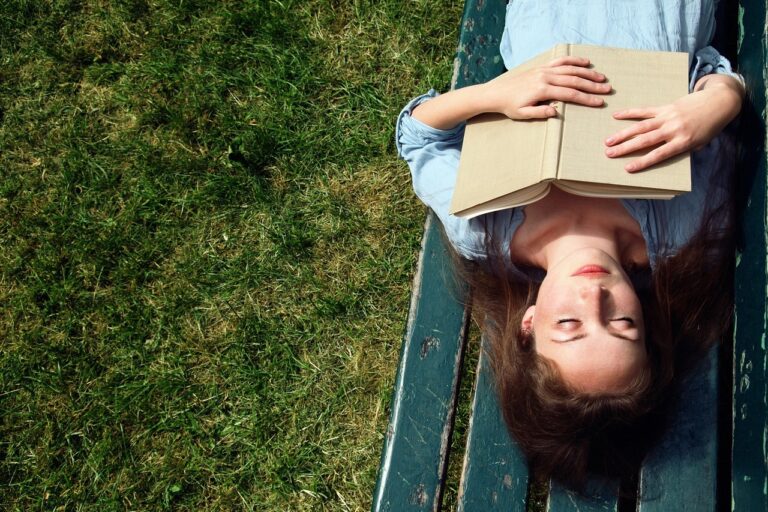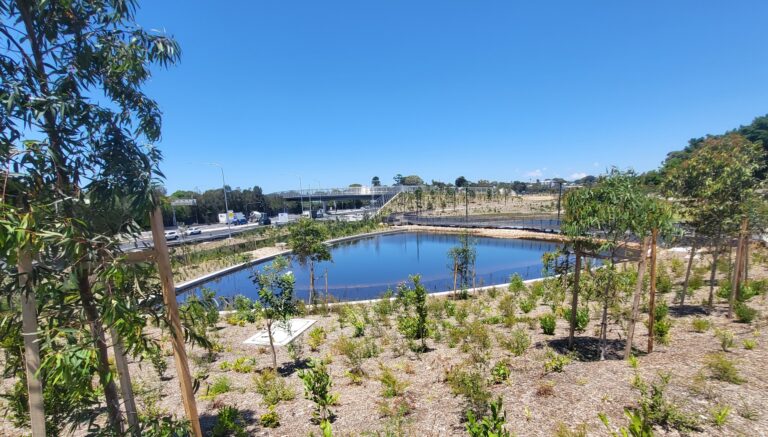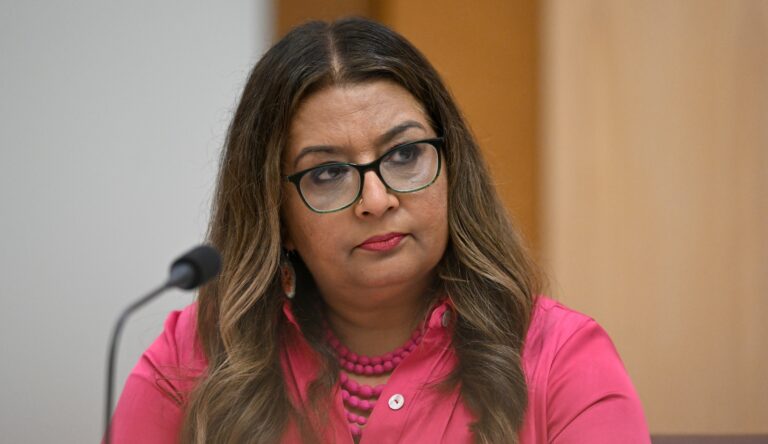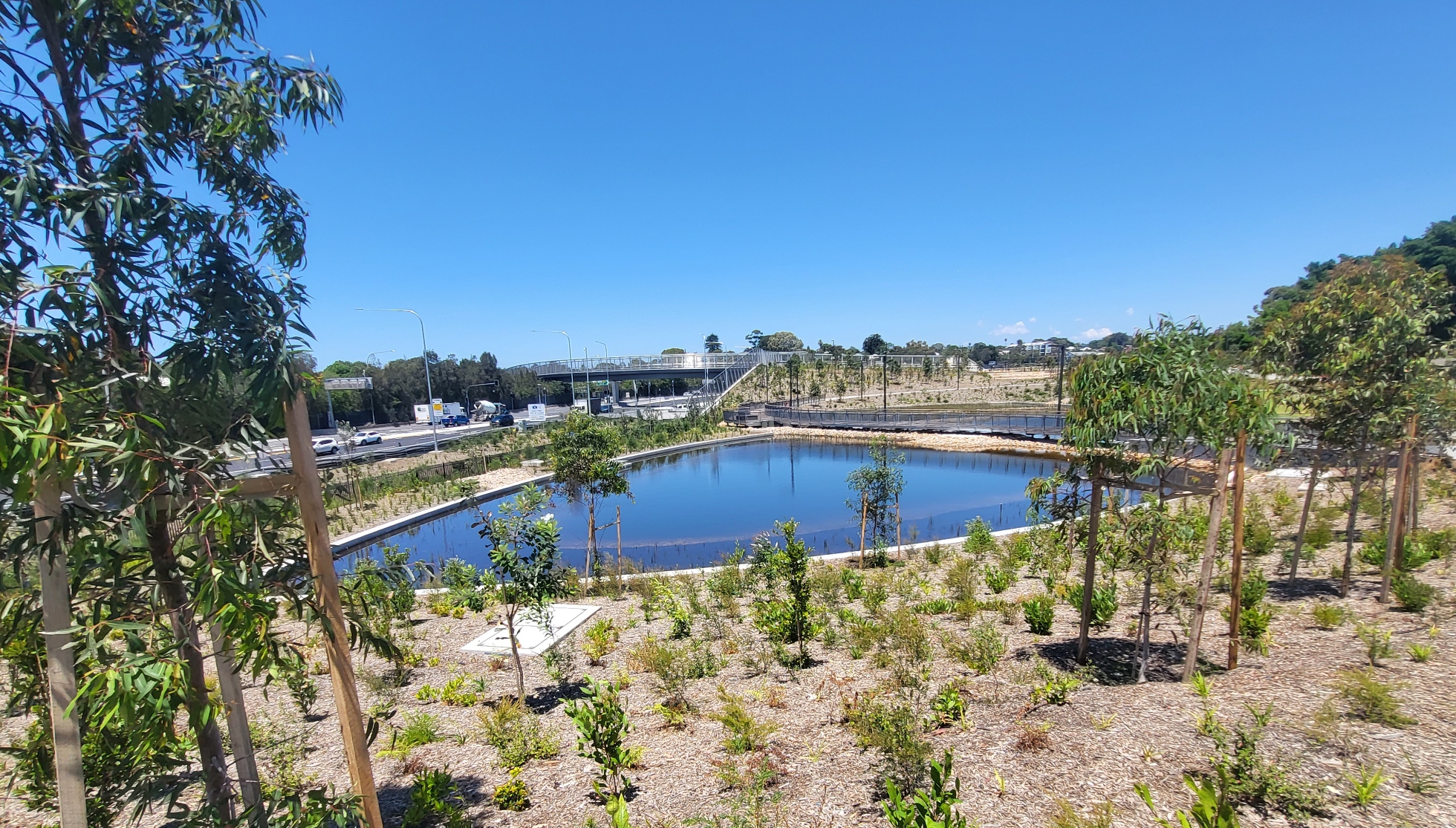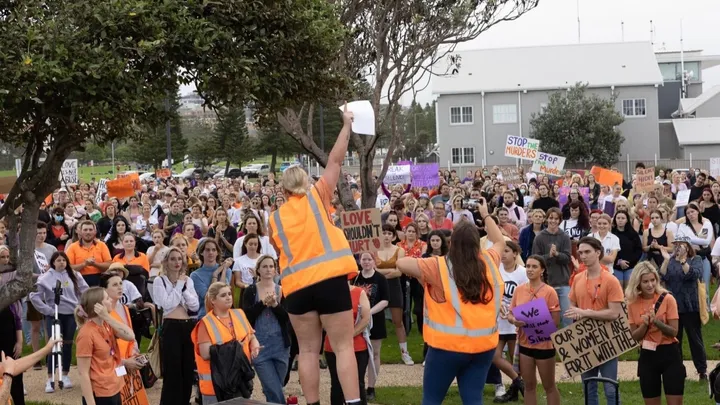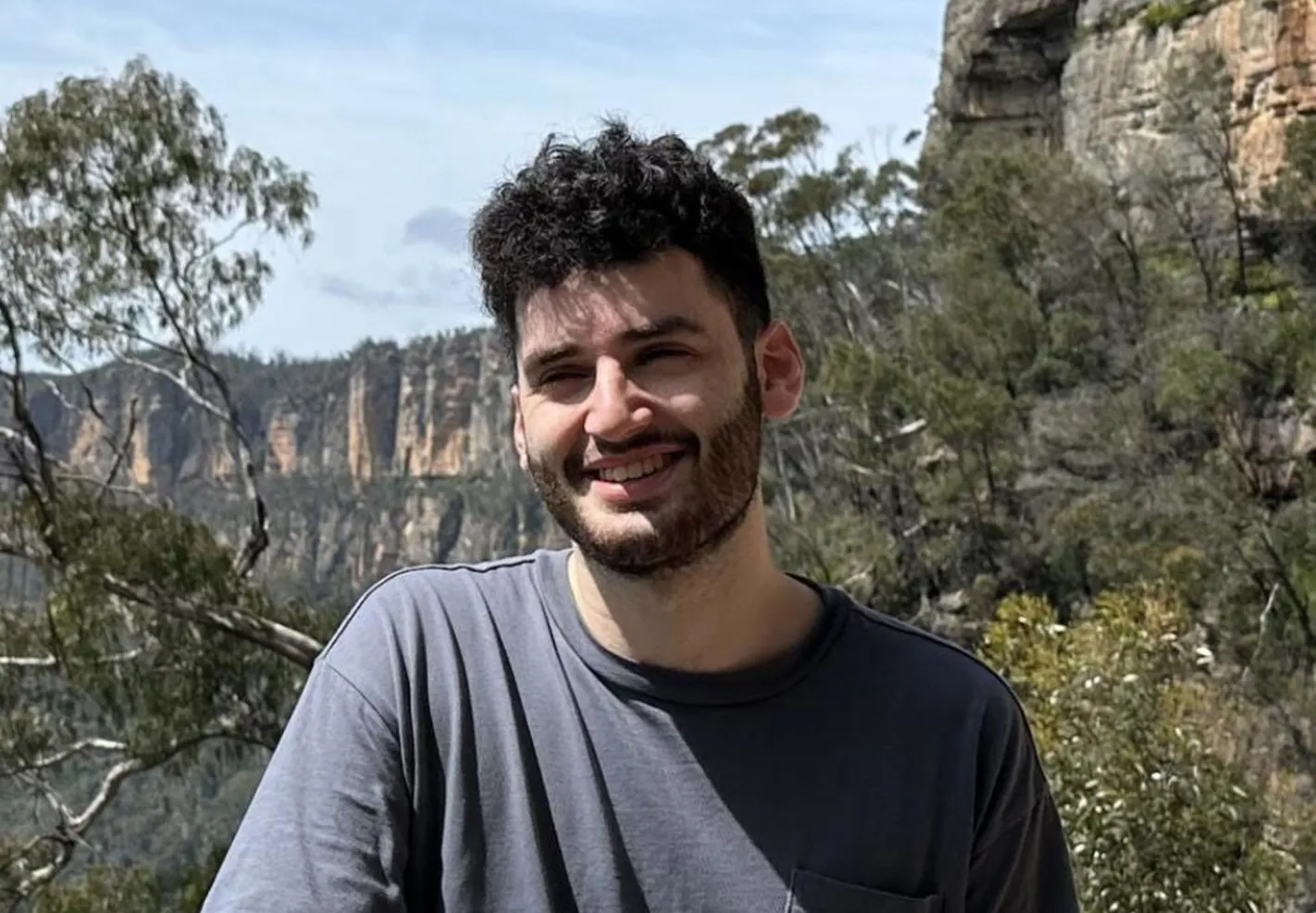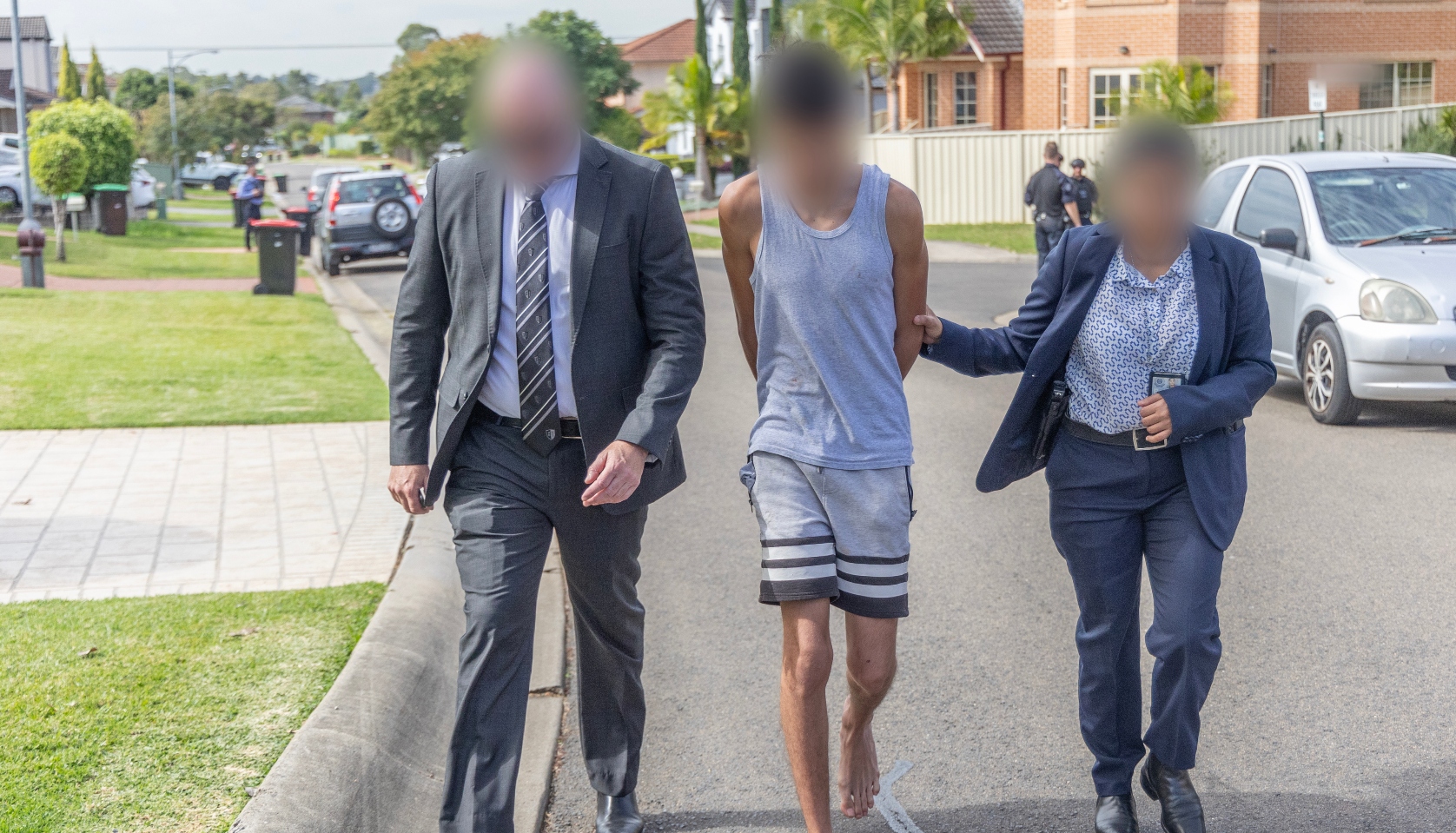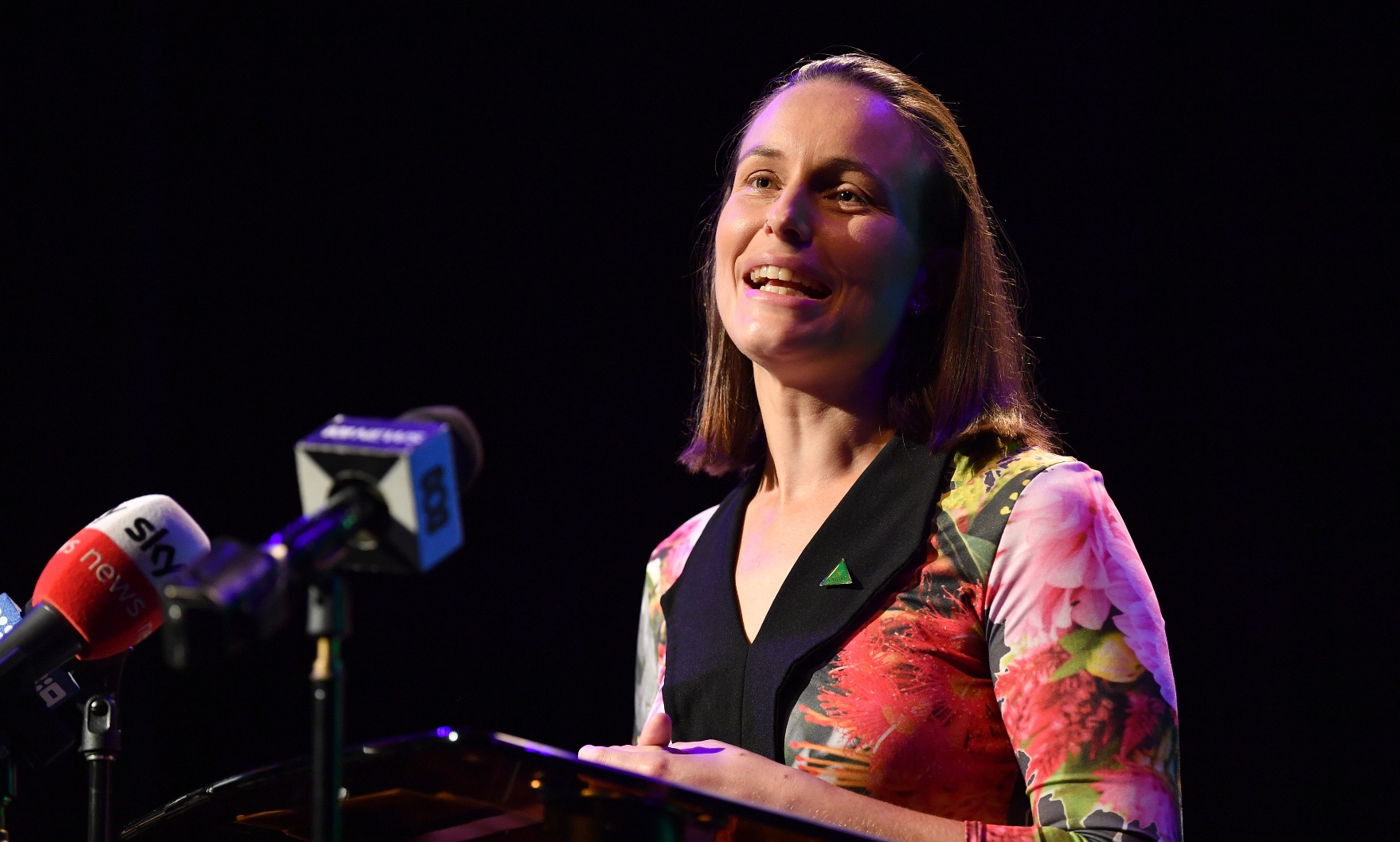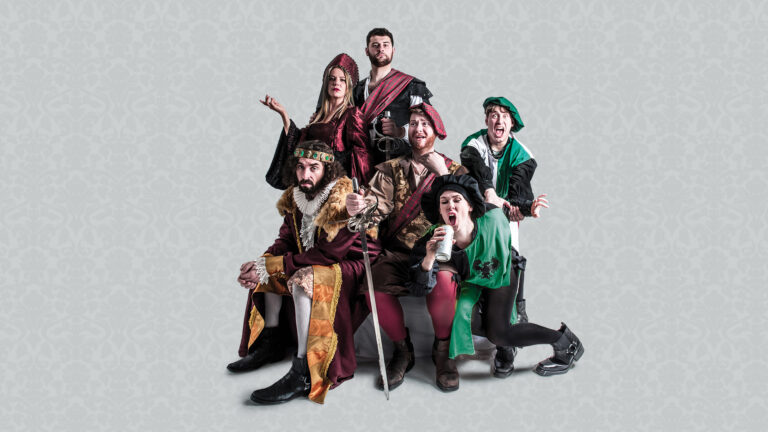
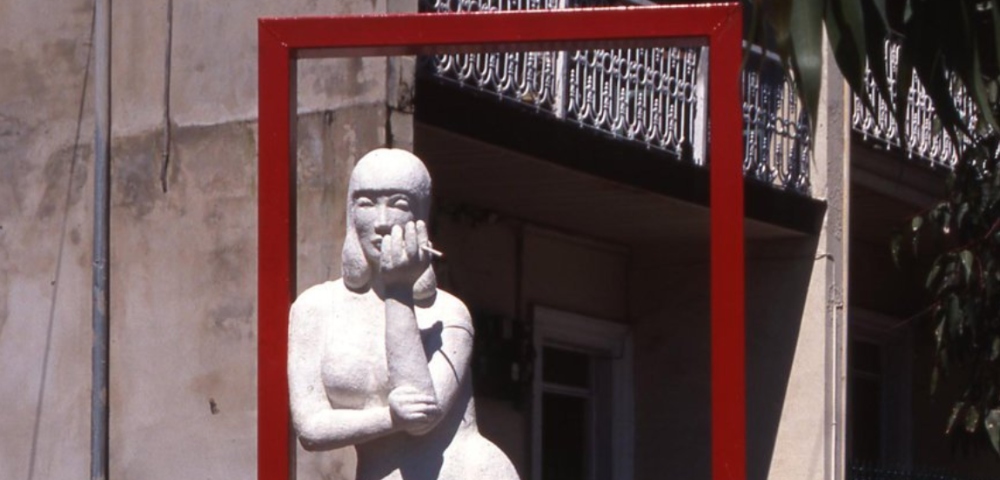
by GRACE JOHNSON
For a brief 18-month period in the 1990s, a statue of a woman in a short skirt lazily holding a cigarette stood at the corner of Stanley and Yurong Streets in Darlinghurst.
Named Joy, the sculpture was created by Loui Fraser as a tribute to women and to the history of East Sydney. She was, in fact, the world’s first statue of a sex worker on public display.
The statue also pays homage to NSW, which was the first state in the world to decriminalise sex work.
In 2000, Joy was relocated to Macquarie University, where she resides still.
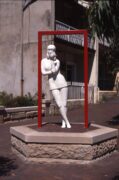
The motion to bring Joy home
In the City of Sydney council meeting on Monday night, Councillor Linda Scott brought forward a motion titled ‘Bring Joy Home,’ which asks that a copy of the original statue be made and installed at the original location.
The motion also requested that council note that NSW was the world’s first jurisdiction to decriminalise sex work, under former NSW Labor Premier Bob Carr, allowing for stronger health and safety outcomes for professionals in the sex work industry and protecting against illegal sex trafficking.
Addressing council, Councillor Scott said, “Joy is an important part of the history of our city, just as the sex workers that she represents are an important part of the history of East Sydney.”
Councillor Scott said it was the determined advocacy and strength of sex workers in their campaigning that has led to changed legislation.
“Joy represents that strength and the women who fought for their safety and their dignity and their rights at a time when they were heavily stigmatised for their work,” she said.
“Restoring Joy is deserved by the women past and present who played such an important role in creating Sydney’s history and for fighting for better rights for sex workers.”
During the meeting, Councillor Sylvie Ellsmore also noted that sex workers played a pivotal role in exposing the corruption in the police force, and at a great personal cost.
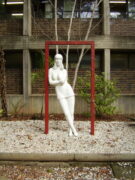
Greater female representation
Councillor Scott has advocated for more balanced gender representation in the city’s statues for months. In March, she moved a motion to create a public art advisory panel that would guide the process of delivering at least three new artworks “celebrating, commemorating or depicting women.” It was passed by the majority of councillors.
In the City of Sydney, there are only 6 statues of women, including two of Queen Victoria, and one of Saint Mary MacKillop, compared to approximately 30 statues of men.
Even the statues of birds far outnumber the statues of women – there are over 60 bronze statues of birds throughout the city, placed by one artist alone, Tracey Emin.
The shortage of female statues in the city has become a focus in recent years, with global movements including Statues for Equality, an initiative started by British and Australian artists Gillie and Marc, pushing for more women to be publicly celebrated.
As part of her campaign to bring Joy home, Councillor Scott has said, “Our city needs more statues of women. Especially ordinary, hard-working women.”
The campaign has received strong support from sex workers, their allies, and representative body Sex Workers Outreach Program (SWOP) NSW.
Disappointing amendments
It was noted in the meeting that the artist wished for the reproduction of Joy to be cast in bronze, saying that the concrete and marble dust of the original is not suitable for a permanent piece of art.
The cost would also be much higher to restore Joy in her original position than proceeding with the recommended bronze cast.
In the 18 months that Joy stood in East Sydney, the statue was vandalised to the point of needing serious repairs three times. Lord Mayor Clover Moore later said that unfortunately, much of the associated activity that surrounded sex work led to a distressed community, perhaps leading them to vandalising art.
She emphasised that she did not endorse these actions in the slightest, but said that vandalism can indicate that the community is distraught and not feeling listened to.
The Lord Mayor said that despite the overwhelming community support so far, the community currently living in East Sydney should be further consulted.
Councillor Adam Worling brought forth amendments and expressed that he would still like to enquire with Macquarie University “on an official level if the statue is available to come back to its original place.”
His amendments included requesting consultation with the City’s local East Sydney community and Public Art Advisory Panel on reinstating the statue of Joy or a replica.
Another amendment requested that council note that “once installed, the statue continued to be contentious and divisive, with residents, including those of a nearby retirement home, petitioning Council to remove it, while other residents supported it.”
The Lord Mayor’s amendments saw the action points of Councillor Scott’s original motion taken out. Instead, there will be further consultation with the community before any action is taken.
Councillors Ellsmore, Jarrett, Scott and Weldon were against the amendments, but the amended motion was unanimously carried.
Councillor Scott told City Hub, “I’m disappointed the Lord Mayor opposed the wishes of more than 500 City residents who have signed our petition to see the historic statue of Joy restored. I’m absolutely committed to continuing to fight to see more statues of women, and to restore Joy to her home in East Sydney permanently.”
